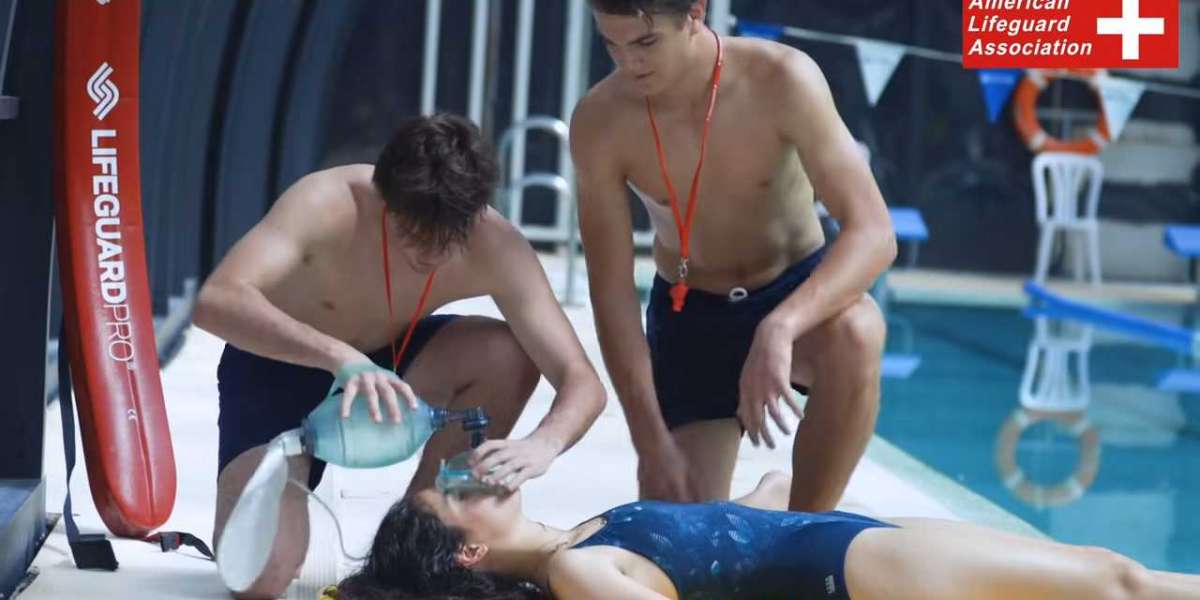Lifeguard Training: Essential Skills for Aquatic Safety
Lifeguard training is a structured and comprehensive process designed to prepare individuals to prevent accidents, respond to emergencies, and maintain safety in aquatic environments. Whether you’re pursuing a job at a community pool, waterpark, or beach, proper training is the foundation of a lifeguard's effectiveness and credibility.
This article breaks down the components, benefits, and expectations of lifeguard training for anyone interested in this vital public safety role.
1. What Is Lifeguard Training?
Lifeguard training is a certification-based course that equips candidates with the skills and knowledge to:
Prevent drowning and aquatic injuries
Recognize and respond to medical emergencies
Perform rescues in various water conditions
Provide emergency care until professional help arrives
It combines physical readiness, theoretical education, and scenario-based practice to ensure lifeguards are competent and confident in real-world situations.
2. Prerequisites Before You Begin
Before enrolling, candidates typically must meet certain requirements:
Minimum age (usually 15 or 16 years old)
Ability to swim continuously for 300–500 meters
Tread water for at least 2 minutes
Retrieve a submerged object from deep water
These physical prerequisites ensure that participants are capable of handling the physical demands of water rescues.
3. Core Components of Lifeguard Training
A well-rounded lifeguard training course covers multiple disciplines, including:
a. Water Rescue Techniques
Rescuing active and passive drowning victims
Using rescue tubes and backboards
Managing spinal injuries in water
Navigating multiple-victim scenarios
b. CPR and AED Training
CPR for infants, children, and adults
Use of Automated External Defibrillators (AEDs)
Managing cardiac and breathing emergencies
c. First Aid and Emergency Response
Treating bleeding, burns, fractures, and allergic reactions
Stabilizing head, neck, and spinal injuries
Responding to heat-related illnesses and seizures
d. Surveillance and Prevention Skills
Identifying potential hazards
Monitoring swimmer behavior
Implementing Emergency Action Plans (EAP)
These components are delivered through a mix of classroom learning and hands-on practice.
4. Testing and Certification
To earn certification, participants must pass both:
Written exams covering safety protocols, rescue procedures, and emergency care
Practical skills tests demonstrating rescue techniques and CPR application
Certification is valid for a fixed period (typically 2 to 3 years) and requires renewal through refresher courses or re-testing.
5. Physical Conditioning and Readiness
Lifeguards must be in excellent physical condition. Training programs often include:
Endurance swimming
Strength and rescue drills
Emergency response timing
Maintaining physical fitness is critical for real-life rescues, especially in high-stress or outdoor environments.
6. Benefits of Lifeguard Training
Completing lifeguard training offers several benefits:
Professional certification accepted by employers
Lifesaving skills applicable in everyday situations
Development of leadership, communication, and decision-making
Preparation for careers in health, emergency services, or public safety
It also fosters personal growth through responsibility and community engagement.
7. Staying Certified and Updated
Safety standards evolve over time. To remain current, lifeguards must:
Renew their certification before it expires
Attend refresher courses and skills updates
Stay informed on changes to CPR, rescue procedures, and local laws
Ongoing training ensures you stay legally compliant and prepared to act effectively.
Conclusion
Lifeguard training is not just a requirement—it’s a commitment to safety, responsibility, and preparedness. By completing a certified course, you gain essential rescue skills, emergency response capabilities, and the confidence to protect lives in aquatic settings. Whether you’re a student, seasonal worker, or aspiring safety professional, lifeguard training is a powerful and rewarding first step.



